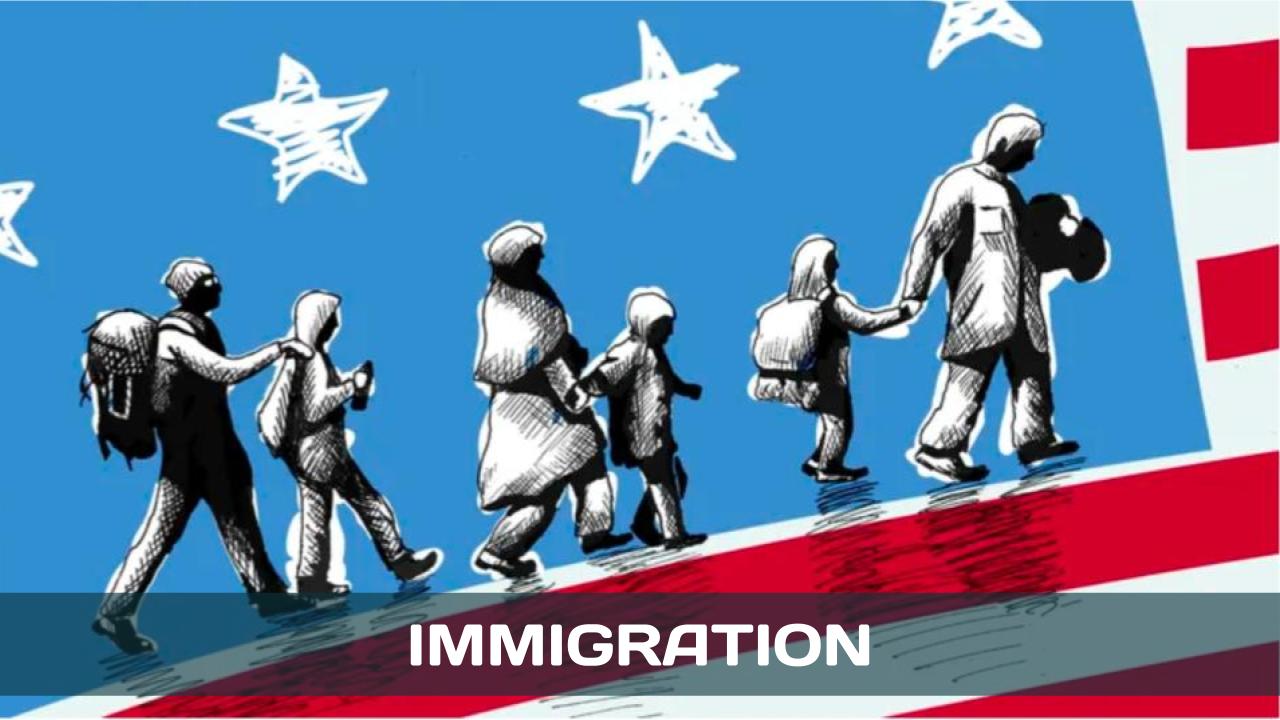https://www.youtube.com/watch?v=CIKyl5EmUys
Judy Woodruff and her America at a Crossroads team have traveled the United States in the run-up to the 2024 presidential election, asking Americans what divides and unites them.
The reporting has led to “Crossroads: A Conversation with America,” a town hall hosted by Woodruff. More than 50 Wisconsin residents from across the political spectrum met for a frank discussion about the challenges we face as a country.
With immigration being a major topic during the presidential campaign, the group offered several opinions.
“My grandmother, when she got here, learned English and assimilated. She said she kissed the ground she lived on and she would never return because it afforded her all kinds of possibilities,” said Cheryle Rebholz, a beauty salon owner and Republican. “We can’t go and enter other countries like yours are entering ours. And we have to embrace and enforce the laws. Otherwise, we have civil chaos and we’re all feeling it in every single state.”
“When you’re fleeing a country, you’re fleeing it out of necessity,” said Antonio Alcazar, a small business owner and child of parents who arrived in the U.S. without documentation. “My family specifically did exactly that. They left an impoverished zone. And it’s an area that I wouldn’t have had any amount of resources or prospects or options. And yet now I’m a successful business owner. And that is something that’s come through a lot of struggle, especially being undocumented until 2012.”





